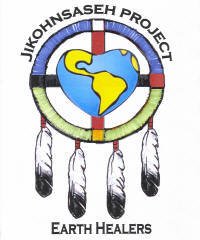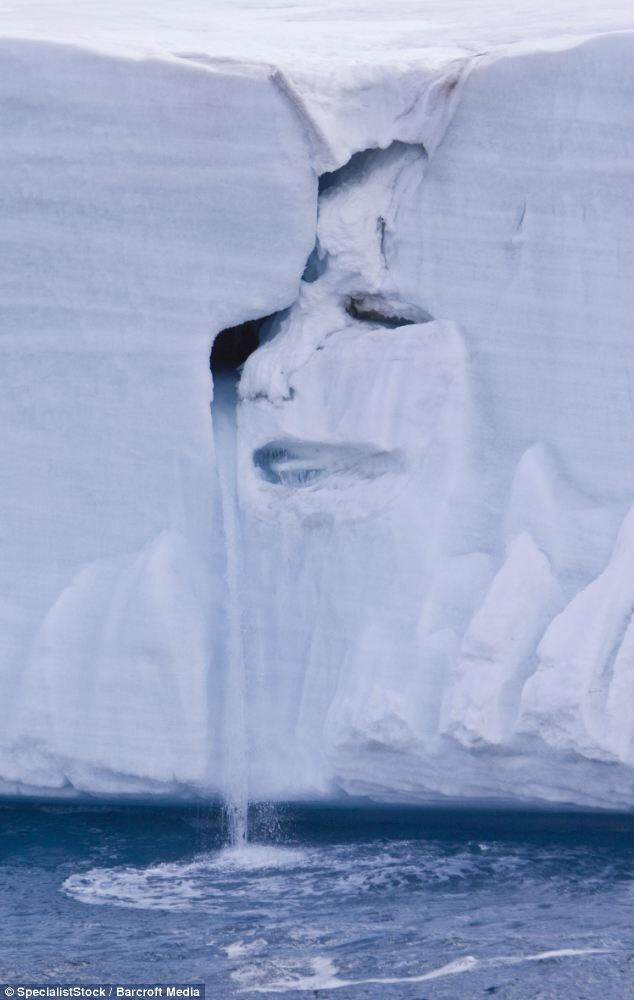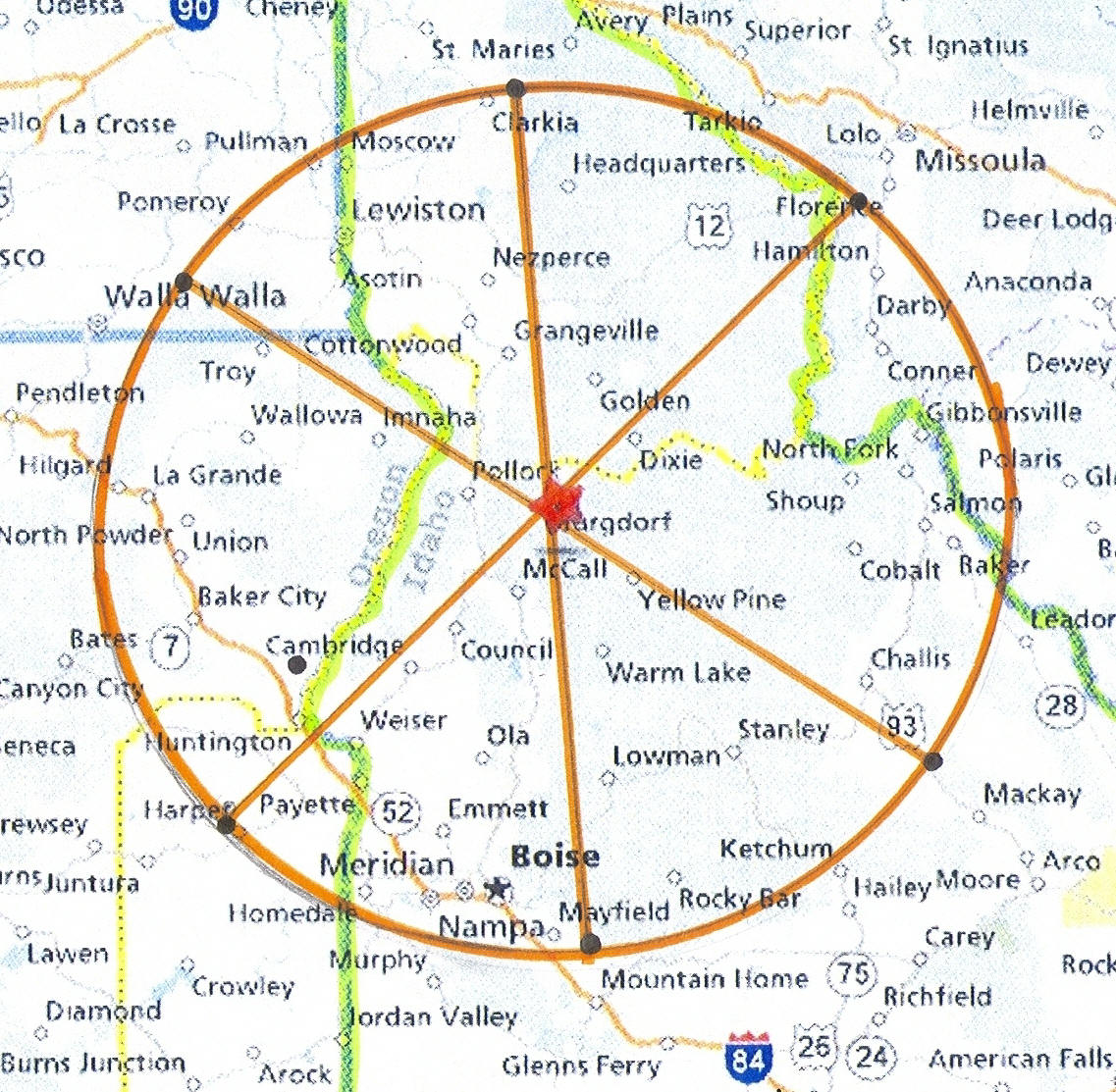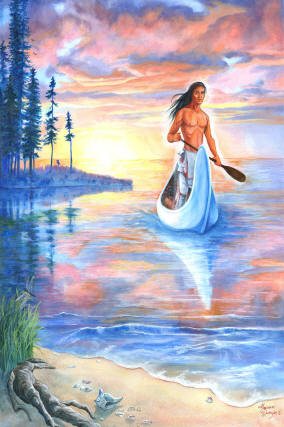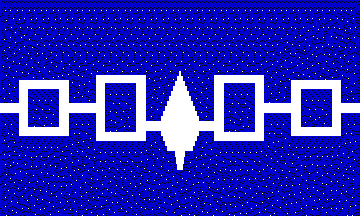|
|
|||||
|
|||||
|
|
|||||
|
The Peacemaker said , "The Word that I bring is that all peoples shall love one another and live together in Peace." Nyawhen Skennoh Keyahsoh First and foremost the Peacemaker said, "the Word that I bring is that we are to love one another and live together in Peace." Same message many Messiahs have brought to the People. However he then gave us guidelines as how to achieve this between men and even between Nations, his work having created the first and only true Democracy and the first United Nations. His teachings are taught in the Oral Traditions of this epic journey he embarked upon to teach warring nations to live together in Peace. He begins his journey in a white stone canoe… when challenged that it will sink like a rock, he proclaims that it will show his words are true, a metaphor for standing in our truth to make impossible things happen. The first person he sought out was a woman, Jikohnsaseh meaning "New Face". She was already a re-known Woman of Great Peace but even though her people had relative Peace and Prosperity, still all was not right. There is some thought that the Peacemaker studied the Neutrals ways of diplomacy and the "work" of agriculture which provided the abundance of food the people enjoyed….. and he saw ways in which the Peace could be enhanced. Jikohnsaseh caught his vision, and became an ardent supporter of it. Her work was to teach the people to love…. When only hate, and anger existed. She organized her women to promote and teach the ways of Peace to the warriors and the young. By enlisting the clan women, the Peacemaker had half the battle won. Now he had only the men to convince. His next encounter was a Cannibal. Here we get the next steps in the teachings…. "The Good Mind" for the Cannibal did not have a good mind…. First the Peacemaker showed the man his true nature, that inside he was a beautiful creation of the Great Spirit.. and the man on his own reasoned that the way he was behaving was not suitable for such a noble person. But when the Cannibal repents, he is even more miserable for now he carries the full knowledge of the evil and harm he has brought to others. The Peacemaker now teaches us to forgive the past and let it go. What is important is what we do now that we have "The Good Mind". We need to visibly change and go about doing good for those we have wronged, and work for our people to make changes that will make everyone happy. We need to give back to Society. This teaching has become known as "Restorative Justice." Many tribes are now using this principle to keep their children out of the White Mans legal system. They keep offenders at home, and make them work in the community. The offenders begin to feel like contributors and that they are needed and it creates a change in their behavior. But the concept of the "Good Mind" is a loving behavior and Peaceful heart. It requires a good mind but also a healthy body. They go together. If one is sick in the body or in the spirit then the mind is affected and it is hard if not impossible to have a "Good Mind", to be able to think clearly and in a good way. So now it comes to understanding food, environment, thoughts, and how these things affect our mental, emotional, and physical health so that we can become strong, healthy and see clearly to make good choices. Next, the Peacemaker teaches the Cannibal "to never go against Nature." Volumes are spoken in this one sentence as the children of the Earth reconnect to the Mother and all forms of life that are on her….. To respect life >all forms of life, recognize that life is sacred and all things live… even a rock. With compassion the Peacemaker listens to the Cannibal’s sorrows and lamentations. Then he asks for the Cannibal's suggestions as to what would have helped him take a different path. And the Peacemaker now condoles, (like a prayer) with the Cannibal until his spirit, soul and mind are completely restored. In this story we come to understand that all illness begins with the spirit. Once the spirit of the Cannibal was healed his health and mind was also. It is thought this cannibal, perhaps a man named Hiawatha (Hayenwatha), became the gifted spokes person for the Peacemaker. This act of compassion and love becomes the basis for our condolence ceremonies. Later in the story another individual is so spiritually ill that even his body reflects this with snakes writhing in his hair and the crookedness of his body but when the people heal him with an outpouring of forgiveness and love, his body and his mind is made straight and restored to look like other men. Frustrated with the Mohawks taste for war, the Peacemaker speaks and acts with fervor gaining the respect of these warriors. He tells the Mohawks, “There is no place for violence in the heart that honors the teachings of the Great Spirit. Only a supernatural event moves the warriors to join with him in his quest for Peace, but once convinced by "the Master of All Things", the Mohawks become stalwart emissaries themselves, becoming the proselyting Peace Council. The Peacemaker sees the hearts of the people and he raised up great leaders that would preserve the Confederacy once he had left. This is shown when he takes counsel with others to find solutions when he could have handled things all on his own. He gives the fledgling confederacy many opportunities to use "the Power of the Good Mind" to do "Conflict Resolution". The Peacemaker interprets the way to peace within ourselves,
our communities, our nation, and our world when he instructs the Tadadho
to become a mentor of the people and
have skin seven layers thick and then explains this means; In the end, He established the Four White Roots of Peace of the Great White Pine, the symbol of the Confederacy as the boughs reached out to protect all who seek Freedom and Peace under its boughs. These roots are: Love so that people would care about each other and have compassion and empathy for others. Peace so that people would not live in fear. Power of the Good Mind to Reason and not throw ashes on one another. Righteousness is Justice between men and Nations. Then he established the women as the proprietors of this Peace. In their hands were the sacred obligations of caring for the gifts of the Mother Earth, the raising up of the leaders and the decision making concerning all issues of great concern to the people. Men were chosen to speak the minds of the women in council so that it was known what the women wanted and the women decided the question of Peace or War. This platform goes back to the Creation Story and Sky Woman, when it is established that none are greater than another. All are equally important. That all are part of a whole and if any part is left out then the sacred hoop is incomplete. Among the Haudenosaunee this belief is called the "Twinship Principle" in honor of the Twin Creators. In our present dominate society everything is a competition…. Men against women, parents against children, night against day, good against evil, right against left, blue against red, black against white….. mankind against Nature. But in the Old Way it is my understanding this was not so. Both are halves of the whole, working together to create harmony, and balance. He showed us how to pray. He gave to us our Thanksgiving Address, again one of our ceremonies, which gives thanks to the Mother Earth, for her water, her breathe, her soil, her tree people, her plant people, her medicine plant people, her fish people, her bird people, her animal people, her mountains, rain, winds, the Thunderers, Enlightened Teachers, the Protectors, the Sun the Moon the Star Nations, and the Creator and give thanksgiving to any that we may have been forgetful of so that we may not slight any. One other important teaching that comes down. If mankind would become the spiritual human being that he was created to be, full of love for all life, with no anger, no hate, no deceit, no judgment, that our Mother the Earth would heal instantly. We could restore her completely for the Seventh Generation. Yes, the Peacemaker taught that also. And he taught that the White Roots of Peace should go to the Four Corners of the Earth, that all who sought Peace, Reason, Justice, and unconditional Love, would find shelter under the boughs of the Great Tree of Peace. E kay nas sah Doneto
Read the story at www.MarcineQuenzer.com/great-laws.htm
|
|||||
|
T HE F O L L O W I N Gis based on the true life journey of a man called Deganawidah —The Peacemaker—who, long before the colonists arrived, brought peace to five warring Iroquois tribes— Seneca, Onondaga, Mohawk, Oneida and Cayuga—who were trapped in a centuries-old blood feud. They then formed the “Iroquois Confederacy,” the first true democracy, on which the U.S. democracy was based. As President Kennedy stated in 1960, “The League of the Iroquois inspired Benjamin Franklin to copy it in planning the federation of States.” When he was born, The Peacemaker’s mother claimed that he was a virgin birth. Not believing her, the tribe ostracized them. As a result, The Peacemaker was brought up by his mother and grandmother on the “edge of the village,” free from many human entanglements. This taught that we must all create our own “edge of the village,”—a place to which we can quietly retreat to balance and revitalize our vision. (when the world speeds up, slow down) When he was a young man, The Peacemaker told his mother and grandmother he must now go out and bring The Great Law of Peace to all tribes. His own tribe, the Hurons, discounted and ridiculed him, reminding us that a peacemaker is often not honored in their own “village” (family, friends, etc.). (Great Prophets are not recognized by their own people) However, as an outsider, tribeless and with no connections to the warring parties, he was able to bring peace to the five foreign tribes. Also, The Peacemaker had a stutter, demonstrating that we do not need to be gifted orators or articulate writers to bring a message of peace from our hearts. Rejected by his tribe, he then paddled in a white stone canoe across Lake Ontario to the Iroquois territory. The first to accept the Great Law was a wise woman who had no bitterness in her heart but traded goods with many warriors and listened excitedly to their tales of war. “The Creator did not intend that there should be bloodshed among humans,” The Peacemaker told her. “Do not nourish war or feed the warriors. Do not tell the ‘old stories’ or there will be no end to war. The path of war must run through the House of Peace.” He explained that she must “serve a higher cause” and encourage only those activities that support peace, forgiveness and reconciliation. She then embraced the Great Law. “You shall now be called ‘Jikohnsaseh’—‘New Face’— because your countenance now reflects the Good Mind.” (note: Jikohnsaseh was 'downfended" a term to denote she also was raised apart from the village also) The Peacemaker gave women the pivotal role as peacemakers. ( it is time for women to again take this role) They would choose the 50 chiefs and, if needed, remove them if they no longer put the tribe’s interests first. “Women know the hearts of men better than men,” he told them. “Women will now say “eyes” or “no” to war. Men, whose nature it is to be warriors, may not always see clearly the path of peace. Women know the true price of war and must encourage the chiefs to seek a peaceful resolution.” Next on his journey, The Peacemaker was guided to climb on top of the lodge of Hiawatha, once a high-minded and loving chief until his family was killed in the conflicts. In his pain, he became a vicious warrior and a cannibal. When Hiawatha came home and started to heat a kettle of water to cook a slain enemy, he looked in the kettle and saw the reflection of the loving face of The Peacemaker looking through the smokehole above. Believing it to be the reflection of his own face, Hiawatha instantly remembered that the Creator’s intention was for him to teach love, not hate. He went outside and wept. “Be consoled,” The Peacemaker told Hiawatha, who was tormented with shame and guilt. “The old memories donot live easily with the Good Mind, which has been born in you today. You can be at peace again. Where you have brought pain, you must now bring greater healing.” Teaching him the “Condolence Ceremony,” The Peacemaker helped him heal his anger, shame and grief and Hiawatha joined Jikohnsaseh and The Peacemaker. This teaches us that no matter what we have done or what has been done to us, we can always claim our destiny as a peacemaker. “Never go against the current,” The Peacemaker told Hiawatha as he gathered water from a stream for their journey. He was teaching that we can never change people’s hearts by being angry and judgmental toward those that have gone astray. We cannot teach peace with anger. We will only be going “against the current” of human nature which causes people to become defensive and closed-minded when attacked. (We become what we Fight) At first, the tribes would not listen to The Peacemaker until he proved his message was Divinely-inspired by jumping off a high waterfall and emerging unharmed. This “miracle” reminds us that cynicism and skepticism must often be overcome with daring and devoted action. It also reminds us that when we follow the “Original Instructions” of the Creator to teach love, our lives come under a different set of laws and miracles are possible. It is the “physics of love and unity”—not the “physics of fear and separation.” “Listen to criticism and respond wholesomely,” The Peacemaker told the chiefs as the confederacy started to form, “but develop skin seven layers thick so the magic darts of your enemies will not penetrate.” Here he is teaching us that we will encounter much resistance, even hostility, on the Path of the Peacemaker but we should never take it personally. Finally all the chiefs had embraced the peace but one, Tadodaho, a vicious Onondaga chief who had never known love and his appearance was so distorted by hate and anger that he appeared to have “snakes in his hair.” His sorcery had caused the death of Hiawatha’s family. Every time the peacemakers paddled across the lake to his village, Tadodaho screamed, “When will it be?!!” with such anger that waves pushed them back. They just “paddled harder” until, through love, friendship and “The Peace Song,” they finally “combed the snakes from his hair” so that the Good Mind was revealed. Hiawatha demonstrated that our forgiveness, of ourselves and others, was possible even for those that had caused the death of loved ones. In honor of this transformation of evil into good, to this day, the leader of the Iroquois Confederacy, the oldest constitutional democracy in the world, is called “The Tadodaho.” The Peacemaker epic contains many elements that we may recognize in our own lives. We will encounter all three archetypes on our own personal journeys as peacemakers— both in others and within ourselves. To the Jikohnsasehs, we must remind them to never encourage conflict by supporting any plans or stories of revenge and retribution but rather to encourage forgiveness and reconciliation. We must never “nourish war and feed the warriors.” To the Hiawathas—the wounded healers—we must be the “face of love in the kettle.” To the Tadodahos, we must “paddle harder,” never forgetting that all minds, no matter how twisted, can be “combed straight” with love, compassion and understanding. Everyone is a peacemaker. Join us on the Path. Bring healing to the piece of the planet you have been assigned by asking the Creator, "Who are you sending me today to love and forgive?" You have been perfectly prepared to do your part. Just as the healing of the Iroquois Nation, catalyzed by a small group of peacemakers, created the seeds of democracy everywhere, so can we continue to plant the seeds of planetary peace. Unconditional love leads peace. Robert Roskind We have recently loaded some of our footage on YouTube and are already getting thousands of views. Footage includes Hopi Elder Radford Quamahongnewa, the Rasta Elders from Rasta Heart and outtakes of our One Love Concerts and Events in Jamaica. You can also read our newest book, The Beauty Path:A Native American Journey Into One Love, free online (see link below). Links to 10-min videos on YouTube of Hopi elder-Radford Quamahongnewa:
http://www.youtube.com/watch?v=oWcXX4zbYCQ Links to 10-min videos on YouTube of our One Love concerts and events: http://www.youtube.com/watch?v=woB2CCOOt1o
http://www.youtube.com/watch?v=WerbghgoIwM Links to 10-min videos on YouTube of brief overview of Mayan-Hopi-Rasta connection: Link to read our book, The Beauty Path: A Native American Journey Into One Love: Cover by Marcine Quenzer CLICK HERE TO ORDER ROSKIN BOOKS AT 50% OR MORE
|
|||||

